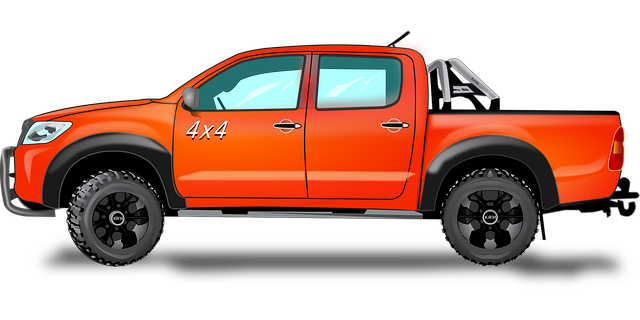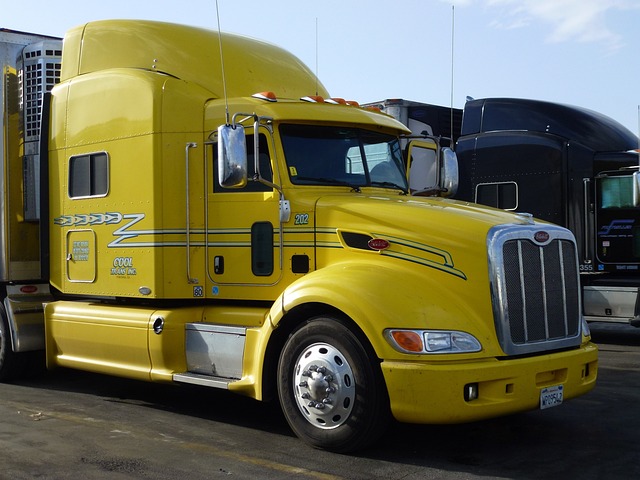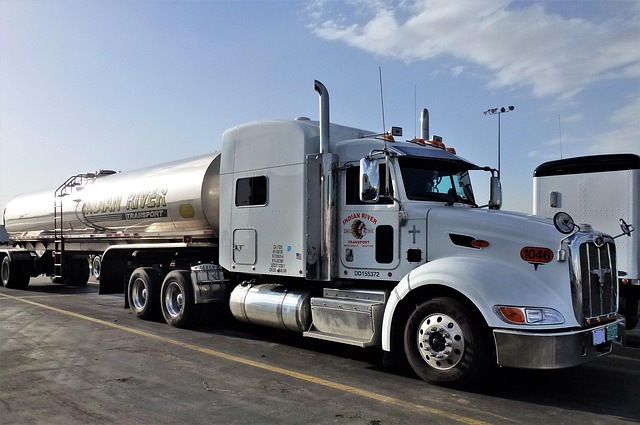Commercial fleet insurance provides tailored solutions for businesses with multiple vehicles, covering risks like vehicle damage and driver accidents. Policies are customizable with options like liability, collision, and specialized services. Effective risk assessment involves understanding operational risks, vehicle types, industry standards, and historical claims data to optimize protection while balancing budget constraints. Regular policy reviews and reassessments based on business dynamics and risk profiles ensure adequate coverage without unnecessary costs. Strategies include prioritizing high-risk vehicles and negotiating rates for safe driving practices, enabling businesses to manage liability protection and budget effectively.
In today’s digital era, managing a successful business relies heavily on well-protected assets. Balancing liability coverage needs with budget constraints is a delicate act for any operation involving a commercial fleet. This comprehensive guide delves into the intricacies of commercial fleet insurance, offering a detailed overview and practical strategies. From assessing liability requirements to cost management, we explore how businesses can navigate these challenges, ensuring adequate protection without breaking the bank.
Understanding Commercial Fleet Insurance: A Comprehensive Overview

Commercial fleet insurance is a comprehensive coverage solution designed for businesses owning and operating multiple vehicles. It goes beyond basic liability by addressing unique risks associated with commercial fleets, such as vehicle damage, driver accidents, and legal expenses. This type of insurance is crucial for companies looking to protect their assets, minimize financial losses, and maintain operational continuity.
A key component of commercial fleet insurance is its ability to customize policies based on specific business needs. Insurers offer various coverage options, including liability, collision, comprehensive, and specialized coverages like cargo protection or roadside assistance. By understanding these options, businesses can tailor their insurance plans to balance liability coverage needs with budget constraints, ensuring they’re adequately protected while optimizing costs.
Assessing Liability Coverage Requirements for Your Fleet

When it comes to balancing liability coverage needs with budget constraints for a commercial fleet, assessing your requirements is the first step. Understanding the potential risks and liabilities associated with your operations is crucial. Consider the type and size of vehicles in your fleet, the industry standards for liability coverage, and the specific regulations governing your business. For instance, if you operate heavy trucks or specialized vehicles, ensuring adequate coverage to protect against higher-risk scenarios is essential.
Additionally, evaluating your risk management strategies and historical claims data can provide valuable insights. Commercial fleet insurance providers often require this information to tailor policies that align with your unique needs. By carefully assessing these factors, you can determine the minimum liability coverage levels needed to mitigate risks effectively while remaining mindful of budget considerations.
Strategizing Within Budget Constraints

When managing a commercial fleet, balancing liability coverage needs with budget constraints requires strategic planning. Begin by evaluating your current insurance policy and identifying areas where you can reduce costs without compromising essential coverage. Consider options like increasing deductibles, bundling policies to take advantage of multi-line discounts, or switching to a higher self-insured retention (SIR) level if your fleet has a strong safety record.
Regularly reviewing your fleet’s risk profile is crucial. As businesses grow and operations evolve, so do liability exposure. Stay agile by reassessing insurance needs periodically. For instance, if you introduce new types of vehicles or expand into different geographical areas, ensure your commercial fleet insurance keeps pace with these changes to avoid gaps in coverage that could lead to financial vulnerabilities.
Balancing Act: Integrating Adequate Coverage with Cost Management

In the world of commercial fleet insurance, balancing liability coverage needs with budget constraints is a delicate act. Businesses must ensure they have adequate protection against potential risks and liabilities associated with their operations, especially when managing a fleet of vehicles. However, cost management is equally vital to maintaining a healthy cash flow and competitiveness in the market. The challenge lies in finding that sweet spot where comprehensive insurance coverage aligns seamlessly with financial sustainability.
This balancing act requires careful consideration of various factors, such as vehicle types, usage patterns, driver safety records, and historical claims data. By assessing these aspects, businesses can make informed decisions to tailor their insurance policies accordingly. For instance, prioritizing higher liability limits for high-risk vehicles or operations and negotiating rates with insurers based on safe driving practices and fleet management systems can significantly impact cost savings without compromising coverage. Effective risk assessment and proactive fleet management are key strategies in navigating this equilibrium.
When balancing liability coverage needs and budget constraints, a strategic approach is key. Commercial fleet insurance offers essential protection, but understanding your unique operational risks and setting realistic goals are paramount. By assessing your requirements, optimizing within budget limits, and integrating adequate coverage, you can ensure your commercial fleet is shielded while maintaining financial stability. This balanced strategy allows for both peace of mind and cost-effectiveness, enabling your business to navigate the road ahead with confidence.
